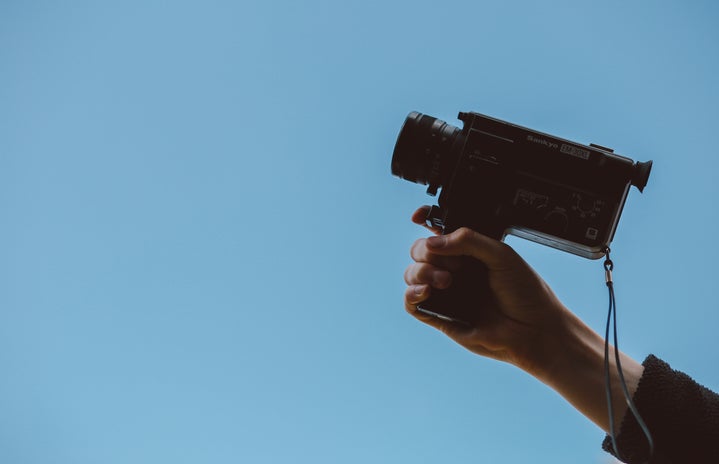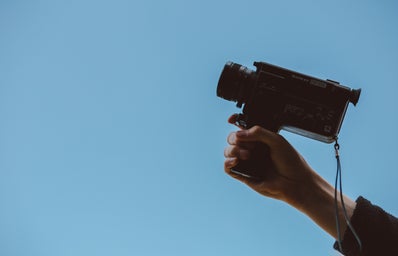During the midst of the COVID-19 pandemic, Hollywood never fully stopped working to provide us with new content. Despite productions being shut down and film releases being delayed, several studios managed to survive the stressful environment of a film set during a pandemic.
The film “Malcolm & Marie” is a perfect example of how the entertainment industry pushed pandemic boundaries in order to produce fresh new films and television shows.
“Malcolm & Marie” was filmed in the middle of the COVID quarantine in the United States, over a total of 14 days. Coincidentally, this movie was exactly the kind of film that could be produced at the time because it only starred Zendaya and John David Washington. Additionally, the entire movie was filmed in a secluded house, which eliminated any risks to the film being deemed not COVID compliant, as it did not include a large crew or multiple filming locations.
“Malcolm & Marie” is a two-hour-long film that depicts the downfalls of a struggling relationship. The script is entirely encompassed in argumentative language and monologues that adhere to the standards for award nominees.
One could almost compare the emotional speeches of these two characters to that of Laura Dern and Adam Driver from the 2019 film “Marriage Story.” These roles earned Dern an Oscar for “Best Supporting Actress,” while Driver earned a “Best Actor” nomination.
While the film is captivating in the beginning, it begins to progress like a revolving door. All I wanted was for the characters to move forward with the story, but this resulted in constant frustration that was only released when the end credits rolled.
Despite its overdrawn argumentative plot, director Sam Levinson managed to create a beautiful piece of art.
First, his use of camera angles created a feeling of almost intrusion. The use of these angles during scenes from outside of the house really shaped the image of the audience looking upon these two people from the outside.
This feeling carried on when the camera entered the house and shot extreme close-ups of the characters in intimate positions. I think that this was a brilliant decision by the director to continuously shove the viewer inside this relationship, to then be placed at a distance and made to feel like a stranger.
Second, the stylistic choice of filtering out color and making the entire film black and white added to the harsh environment that was built through the characters’ ongoing argument. By not allowing color to be represented in the film, Levinson was quite literally showing the audience the lifelessness of this relationship, despite the liveliness of their disagreement.
I know that some people may not enjoy watching films without color, but I really think that the coloration added another layer to the film that made it more engaging.
On the topic of engagement, Zendaya and Washington each gave the best performances of their careers. It is already difficult to be the lead actors of a movie, but to be the leads with no other actors to fall on makes the job even more difficult.
I have to commend both of these actors for devoting a lot of time to the development of these characters, as was shown in the final product. The chemistry exuding from the screen was not only sexual but passionate, which made their tragic love story even more believable.
As we enter into a new era of the coronavirus pandemic, we will see film studios releasing even more films and television shows moving forward. In these times, it is important to remember the work that film crews and actors did during a moment in time when entertainment was needed more than ever.


